How to use Crafts in Speech Therapy
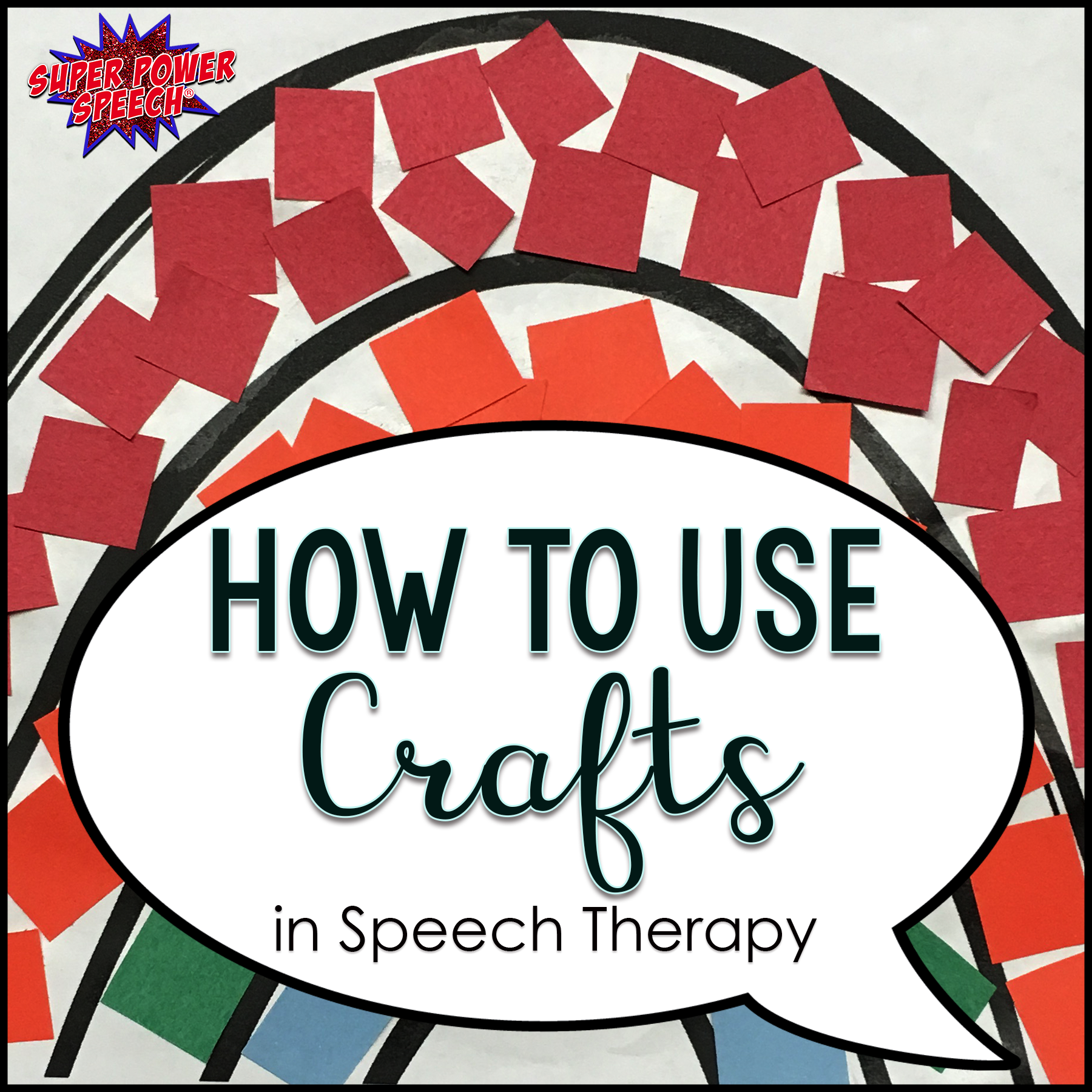
I have to admit that I’m a craft lover. Although I can be quite the perfectionist during the creation phase, I love looking at my finished work and knowing that I have completed something. My kind of crafts are usually accomplished in one sitting and with as few materials as possible. That is why I became obsessed with card making years ago, and more recently with crocheting hats. My crafting mottos have been: keep it simple, have fun, give away the final product.
One of the reasons that I adore the flexibility in speech therapy is that I can make room for crafts in my lesson plans. At least once per month, I try to find something engaging for both students and myself, and find ways to incorporate the craft into speech therapy.
I know that some may wonder how I justify using crafts in my speech therapy. Isn’t it supposed to be kill and drill? How are crafts an efficient use of therapy time? Below I have listed just a few of the ways to practice speech and language skills with crafts:
Sequencing and Retelling
Take pictures of students creating the craft. Have the students put the photos in order and retell how to do the craft.
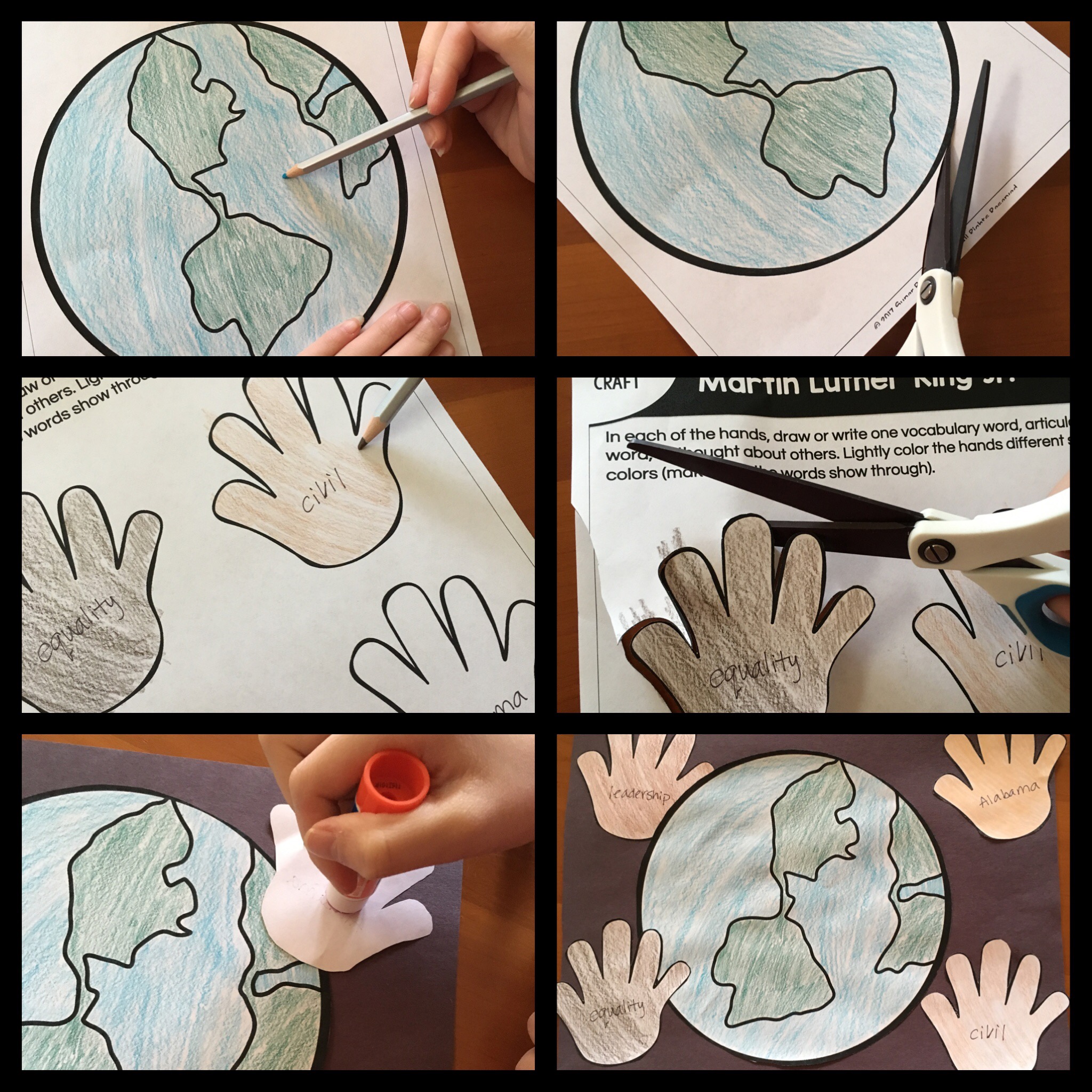
Following directions
When given step-by-step directions on how to do a craft, students must use receptive language and memory skills to complete the task.
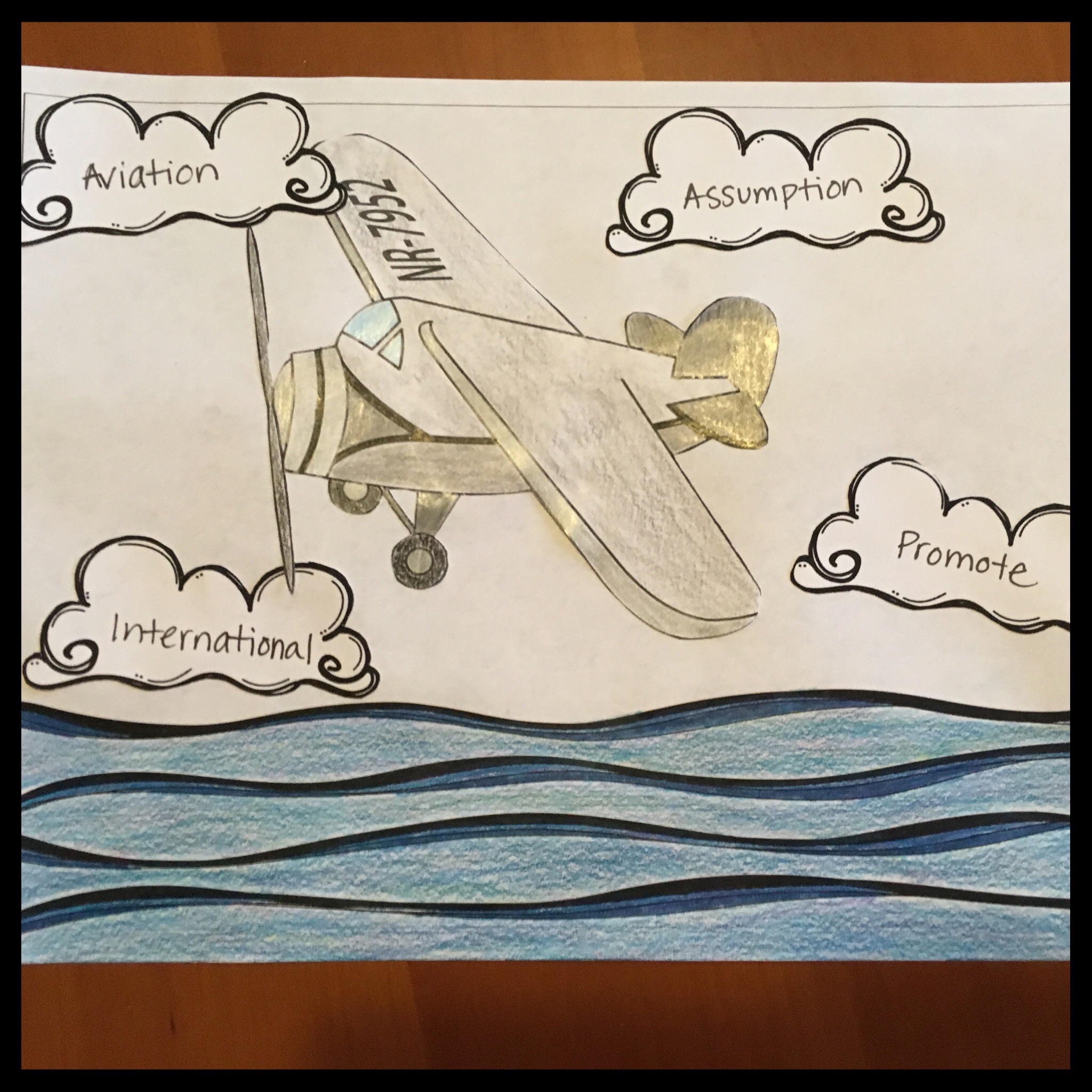
Comparing and contrasting
As students are in the process of creating their craft, they can compare what they have done to the model craft and/or to each other’s crafts.
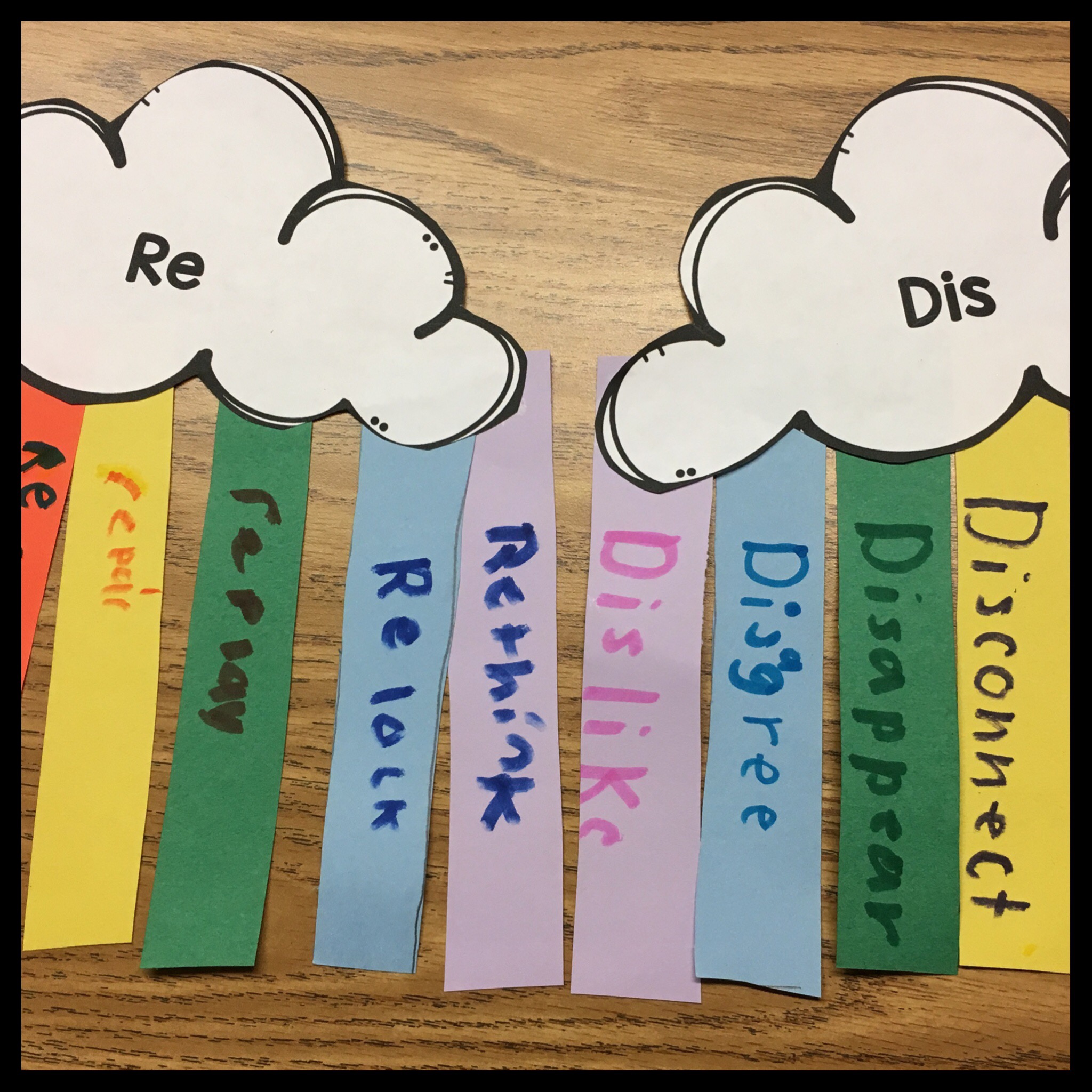
Practicing goals in new contexts
Sometimes, we need to stop drilling and work on articulation (and language) within more natural language. Crafts provide an opportunity for children to practice in situations similar to what they do in the classroom. The speech pathologist is there to guide them, make corrections as they speak to each other, and to ask questions about the craft.
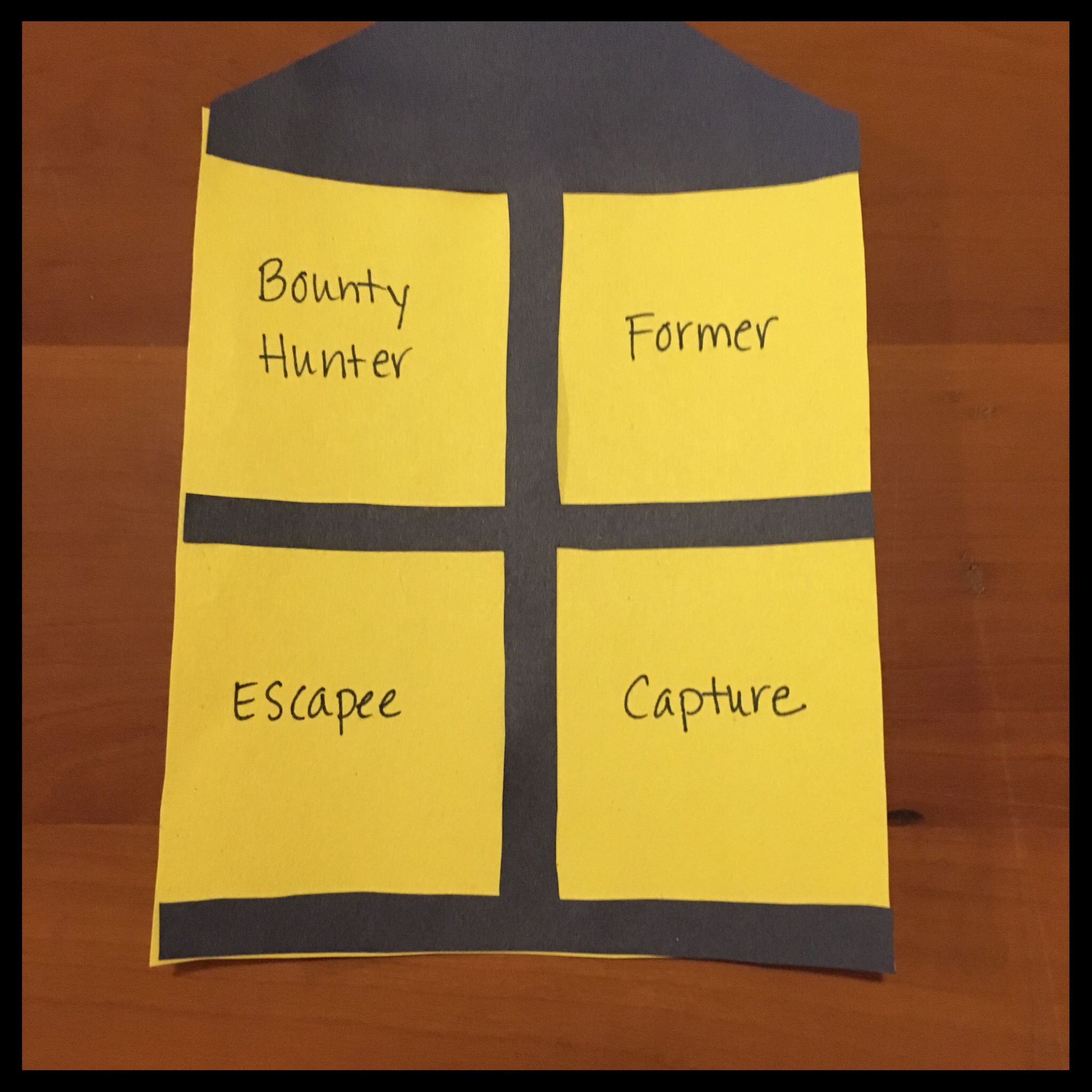
Creating reminders to practice at home
When a fabulous creation comes home that happens to be covered with the student’s target sounds… it is the perfect time for home practice! If the student is working on language goals, I will often ask them to, “explain to your parent all the steps you took to make this craft.”
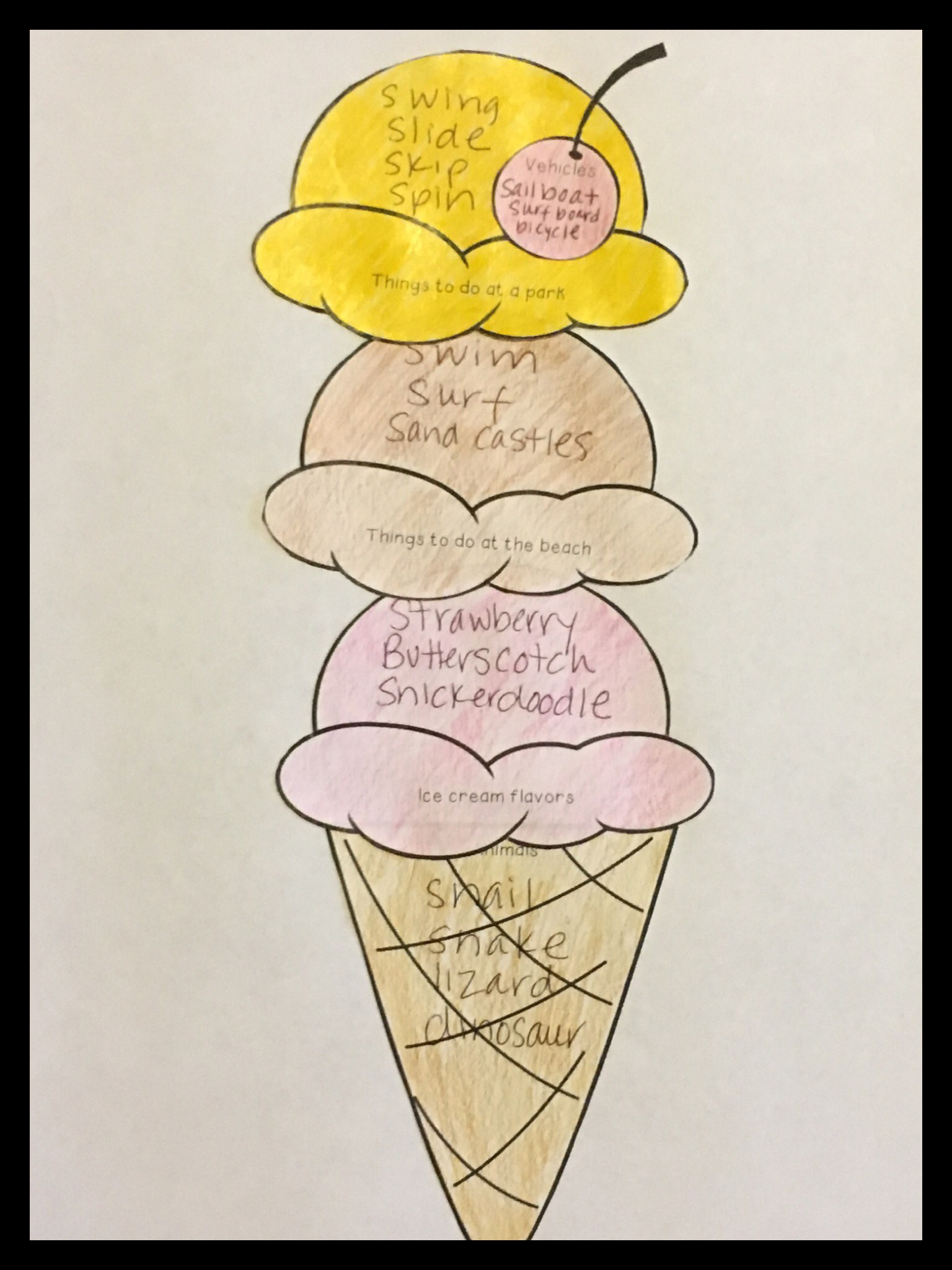
Like anything exciting, crafts need to be used only from time to time (my goal is once per month). They should be fun but focused. My experience has also taught me that you will completely burn out of crafts if you do not keep them simple. Colored paper, glue, scissions, and crayons should be the ONLY materials that you need.
If you have not yet given crafts a chance in speech, choose something easy and go from there. You are sure to find that in spite of the mess, crafts are an enjoyable and creative learning experience for all.

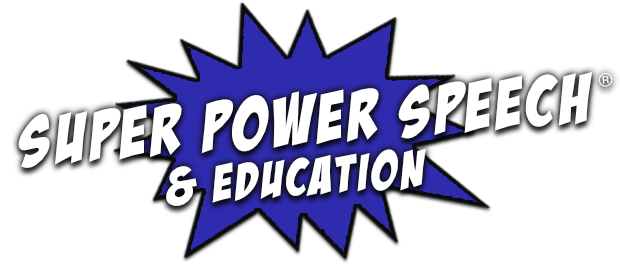
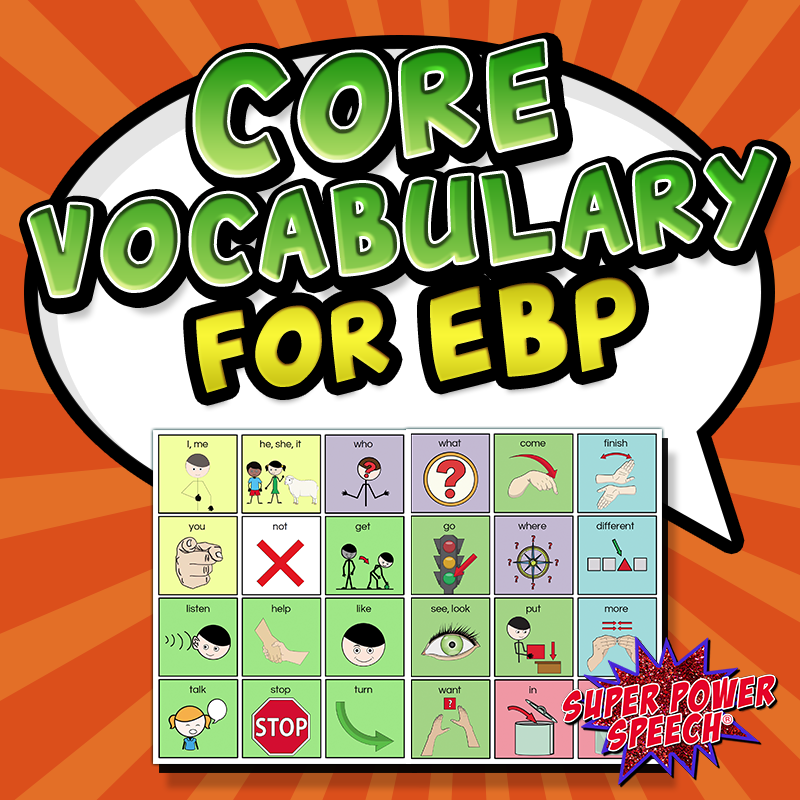


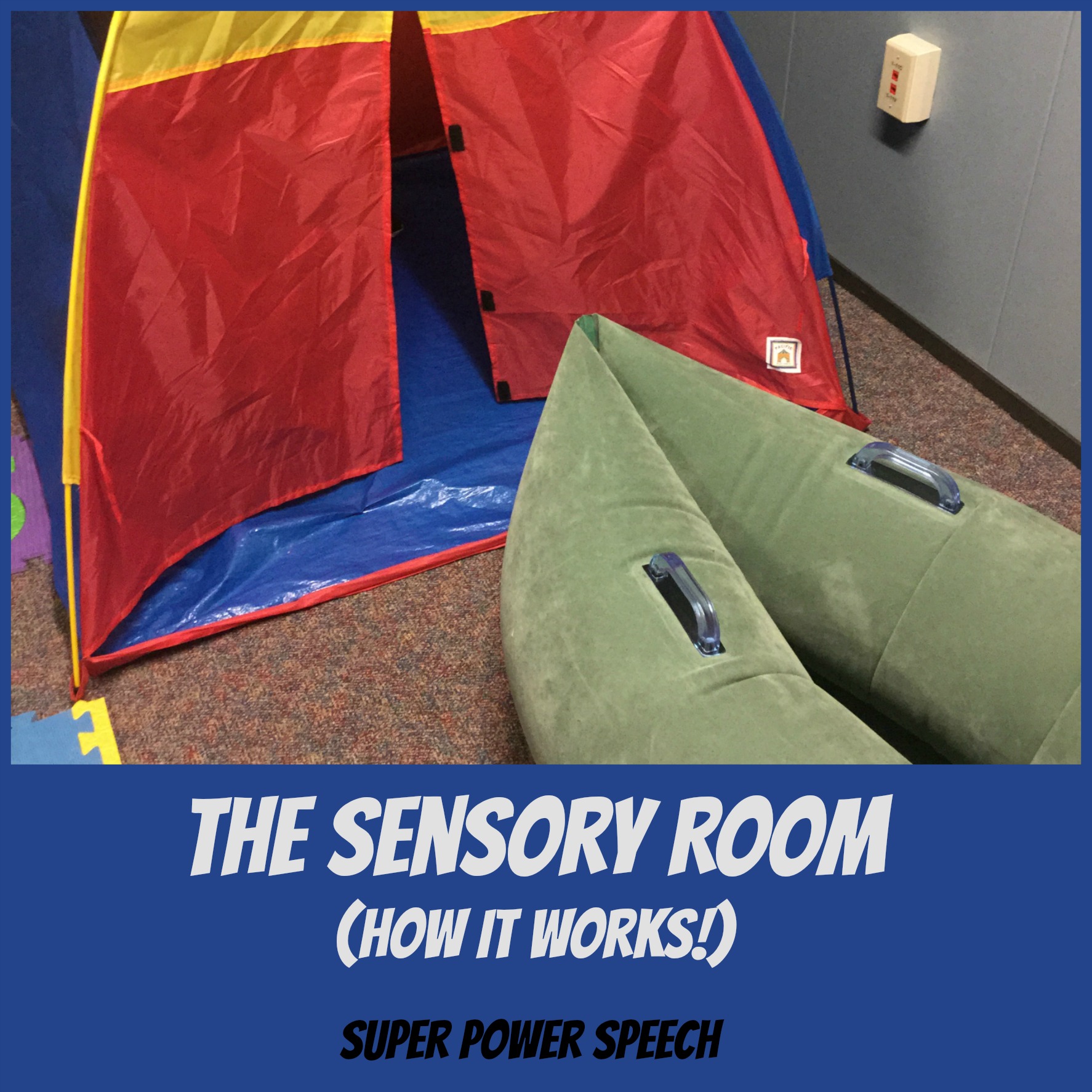
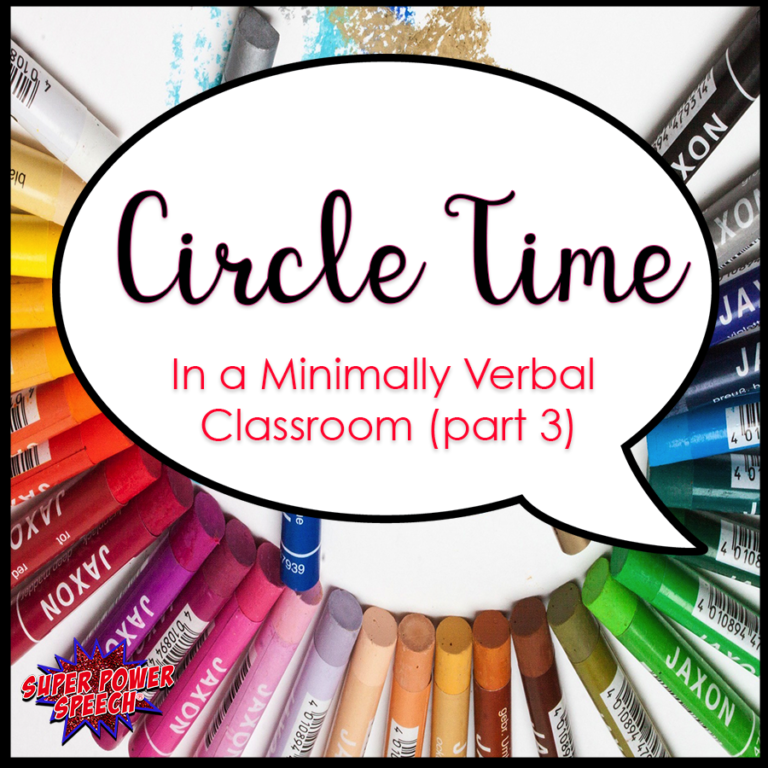

So glad I saw this tonight, was thinking of doing a rainbow craft this month!